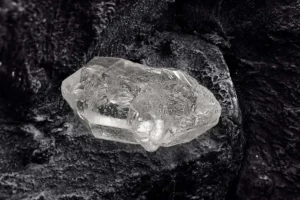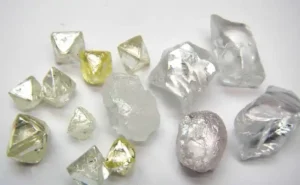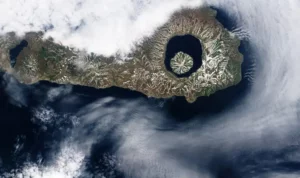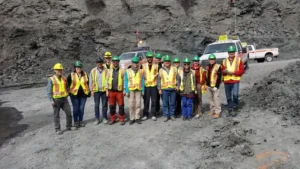
The Journey of Carbon from the Mantle to Diamond Crystals
Diamonds have fascinated humans for centuries, prized for their brilliance, rarity, and timeless beauty. But the journey that carbon takes to become the sparkling diamond crystal we admire is a fascinating process that unfolds deep within the Earth. The path













